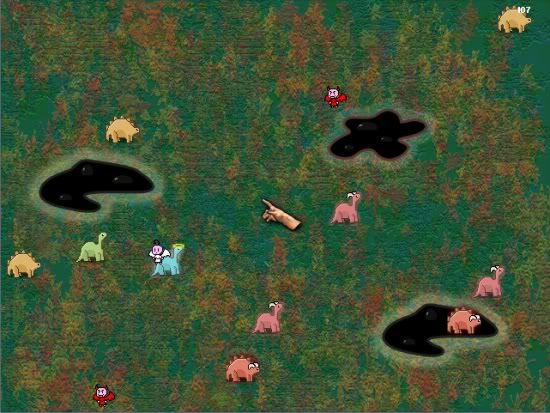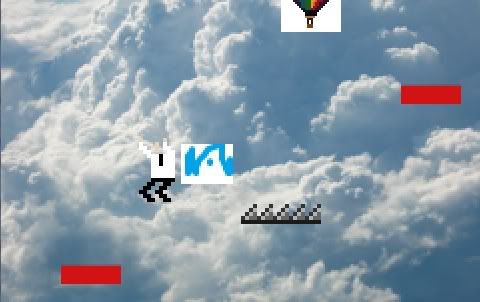
At a recent game dev beer night here in Austin, a conversation I was having with my animator friend Jesse stumbled into educational games. Well, it didn't so much stumble itself as much as I steered it. We were talking about our ultimate goals in this industry and I said I wanted to have a positive effect on people beyond entertainment.
I've peeked into the world of productive gaming recently and the potential inspires me. There is movement in education toward virtual classrooms. Game development can be a "gateway-drug" for children to learn complex job skills.
Yet these examples don't involve game design for learning. In terms of games designed to educate the player, my friend countered that educational games just don't work. Exhibit #1: Our shared history in elementary school computer labs solving math problems to cartoon graphics. They didn't work.
I was then reminded of Bing Gordon's interview about founding Electronic Arts in Bill Moggridge's Designing Interactions.
"One of the first precepts of Electronic Arts, that interactive entertainment was going to be as big as traditional music and video entertainment, was driven by our belief that 'play' is a core human value; even a core mammalian value. We used this analogy that lion cubs learn to hung and fight by playing together. We asserted that interactive virtual world gaming would be a way that people could train in a bunch of different ways, socialize, and get same kind of richness that one can get in many aspects of real life, but without the risks."
When we play games, we are learning. Just look at how this concept can be applied to Microsoft Word.
I'd like to think my ultimate goal is to harness the power of interactive games to make the world a better place.


